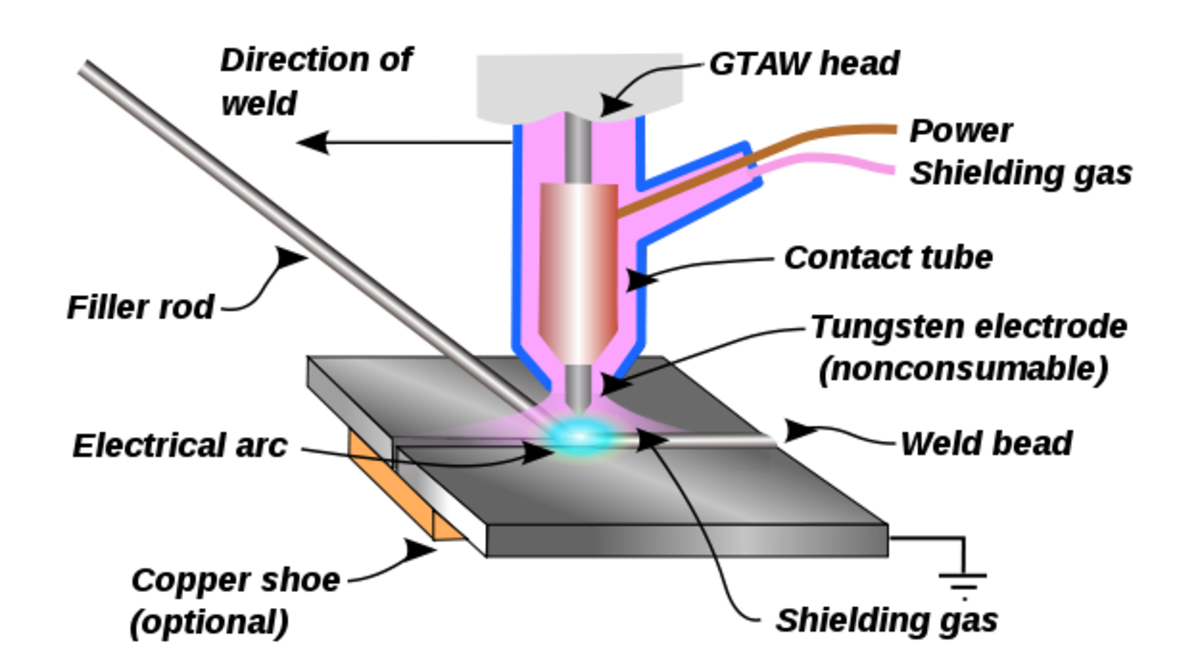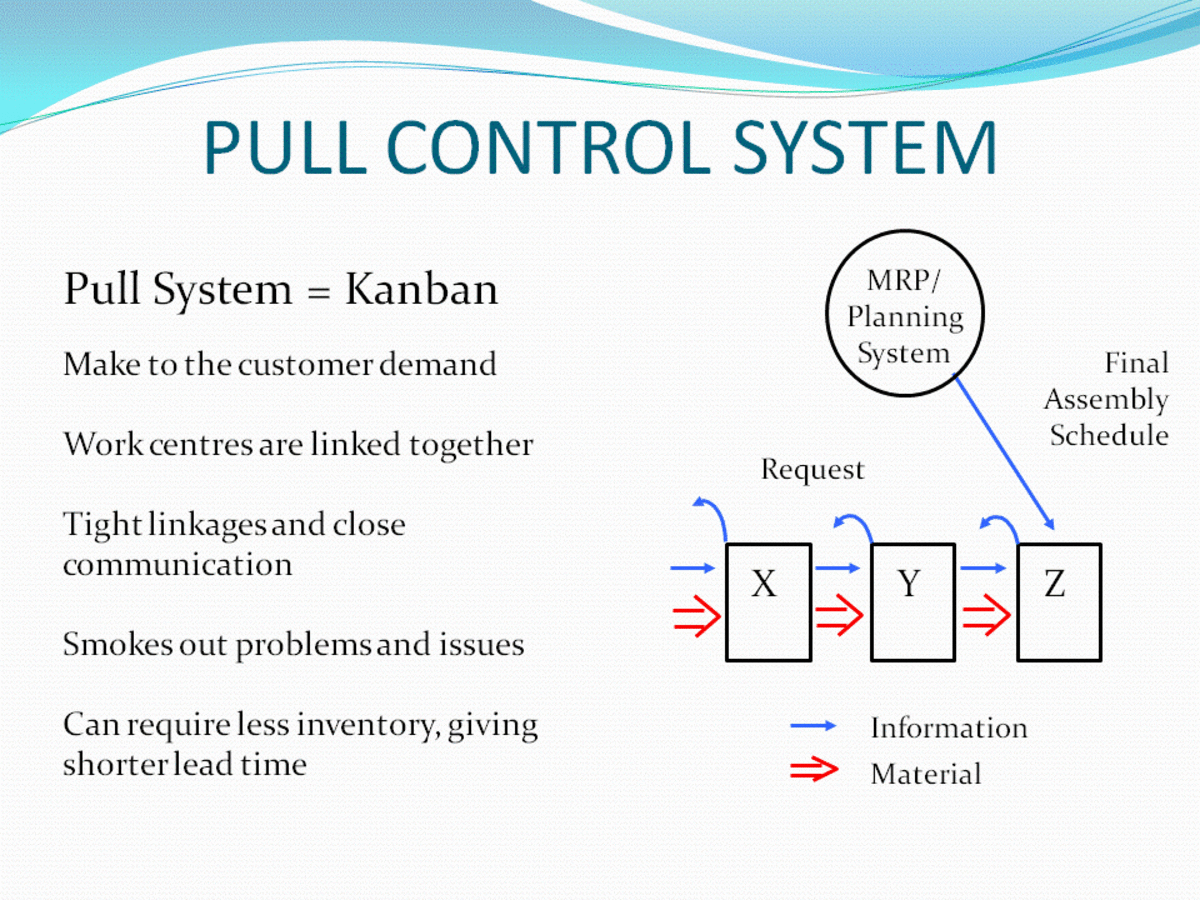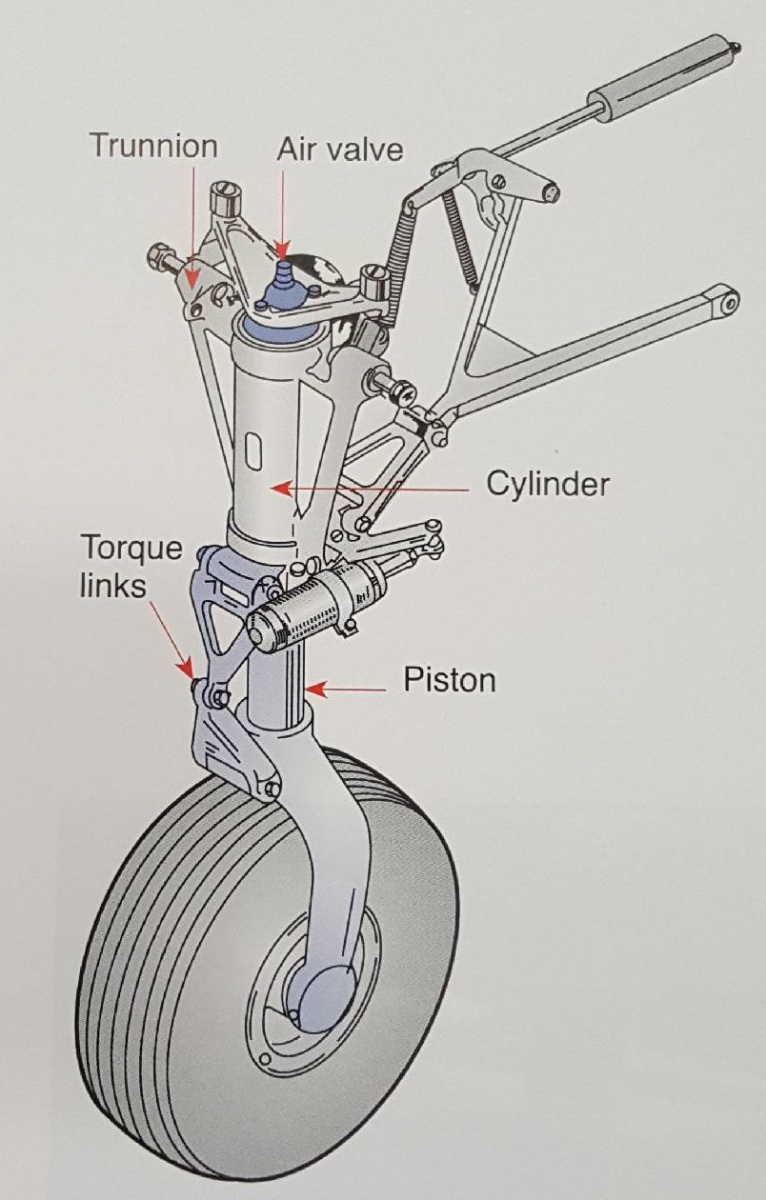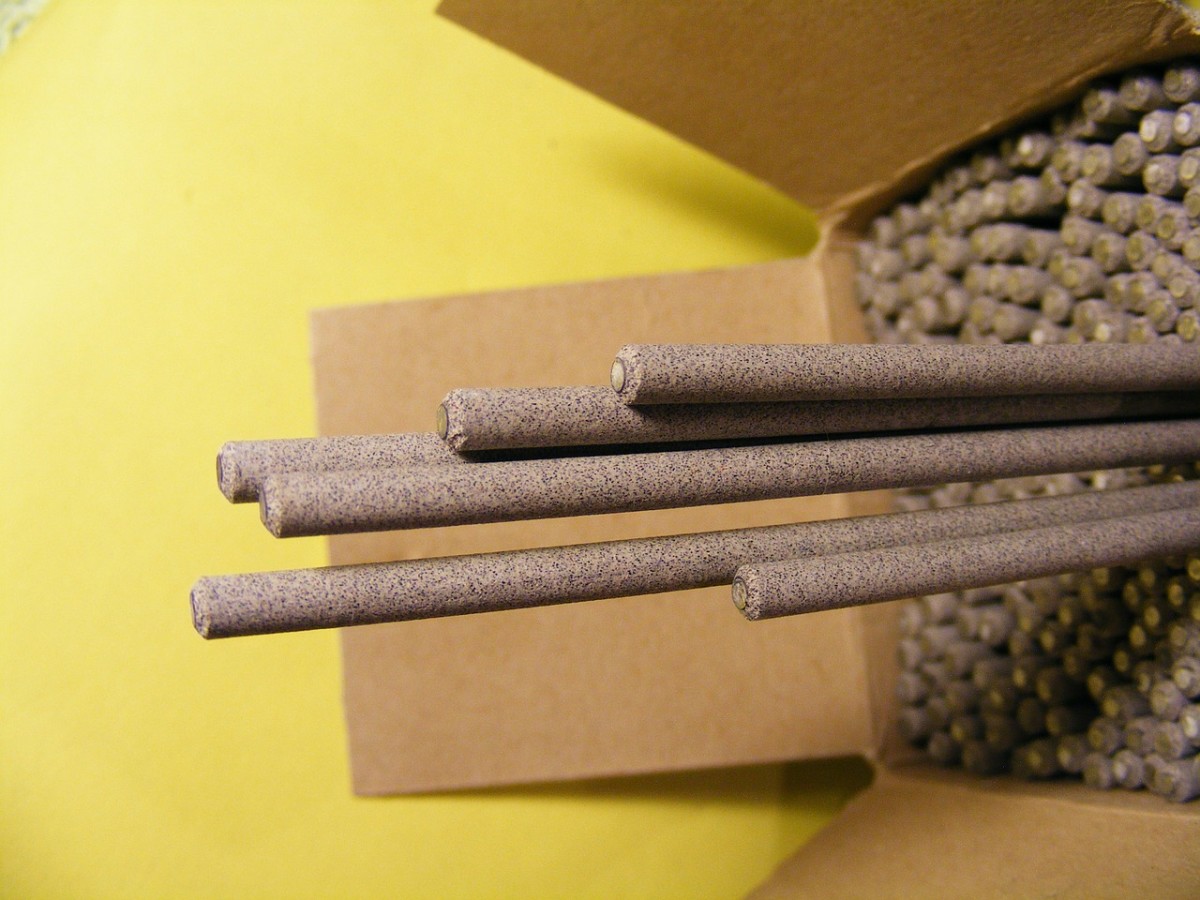Manufacturing Process-Centrifugal Casting & Rotational Molds
Centrifugal Casting & Manufacturing Techniques
Centrifugal Casting Process
Centrifugal casting fits under the general category of casting as a manufacturing process and utilities a permanent mould.
Typically this process is used for the production of long, hollow components that do not need cores for their production. The molten metal is fed into a copper or sand lined cylindrical steel mould which is rotated about its longest axis. The effect of the rotation is to throw the molten metal outwards so that it coats the inside of the tubular mould.
The process is suited for metals but does not include refractory or reactive metals. On occasion a water cooling system is adopted to speed up solidification periods, but this obviously increases tooling costs.
Pros
- Equipment is usually simple and low cost, although water cooling can push costs up as can the adoption of the copper lined moulds
- Setting up time is quick and easy
- No waste material 100% utilization
- High quality outer surface
- Good control over metallurgical structure
Cons
- Requires further post casting machining, usually considered as a stock material production process
- Inclusions and porosity tend to migrate to the inner surface and may need to be machined out
- Only really suited to the production of hollow cylinders
Centrifrugal Casting Process, an Introduction
Manufacturing Processes - Rotational Moulding
A similar manufacturing process to centrifugal casting is rotational moulding. This is another permanent mould process that has been developed over the years after it was originally used for the manufacture of artillery shells.
The modern day use of rotational moulding is for the production of thermoplastic components such as containers or similar hollow articles that require uniform thin sections.
A measured amount of polymer is introduced to the mould in the form of a powder or slurry. The mould is closed and then initially fed into a heated chamber whilst spinning around 2 or more axes. Once the polymer takes the shape of the mould it is fed out of the oven and through a cooling chamber which usually sprays water and or blows cool air onto the the mould to cool it. Once cool the product is removed from the mould, rotation is maintained through the heating and cooling cycles to ensure the uniform coating of the inside of the mould with the plastic.
Pros
- Low mould and equipment costs
- No waste material, 100% utilization
Cons
- Dedicated tooling, but low cost
- Poor mechanical properties due to low molecular mass
Process improvements include the measurement of the air temperature in the mould so that accurate heating periods can be applied ensuring the plastic is neither over exposed or under exposed during the heating cycle. A possible further change to the process may be the use of pressure to accelerate coalescence of the polymer particles. It also aids the cooling stage because the moulding stays in contact with the mould until completely cooled ready for removal. There are some health and safey factors to take into account however before full adoption of pressurized systems.
Centrifugal Casting & Rotational Moulding - Additional Resources
- Manufacturing Processes and Methods
The selection of a manufacturing process is done very much on the basis of a manufacturer choosing the process that best suits his needs. Consideration must be given to a number of factors before deciding on... - Materials Selection versus Manufacturing Processes
Material selections can determine what manufacturing processes are available, form can determine what materials can be used and manufacturing processes can determine what form can be created. So what you... - Casting Process Problems
The main problem to overcome in a casting process is porosity, of which there are 2 types - Manufacturing Processes, Full Mould Evaporative Pattern Casting
Full mould casting, otherwise known as full mould evaporative pattern casting, comes under the general category of casting as a manufacturing process and is an expendable mould and pattern process.... - Manufacturing Processes - Sand Casting
Sand casting comes under the general category of casting as a manufacturing process and is a permanent pattern process.In other words the sand moulds are produced using a reusable pattern that is removed... - Manufacturing Processes - Gravity Die Casting
Gravity die casting is a simple casting process which utilizes reusable metallic moulds. The process is primarily used for simple shapes with some basic coring possible. It is mostly suited to casting light... - Manufacturing Processes - Investment Casting
Investment casting comes under the general category of casting as a manufacturing process and uses expendable moulds and patterns.This process is sometimes referred to as the lost wax process and is one of... - Manufacturing Processes - Pressure Die Casting
Pressure die casting is a process that fits under the general category of casting as a manufacturing process. It utilizes a permanent mould where molten metal is forced into the die cavity through a system of... - Manufacturing Processes - Squeeze casting
Squeeze casting fits in the general category of casting as a manufacturing process. Casting has been around for approximately 6000 years, so squeeze casting is a relatively new development being introduced... - Manufacturing Processes - Injection Moulding
The injection moulding process fits under the general category of casting as a manufacturing process. This may seem surprising as the process is dedicated to the production of plastic, rubber and composite... - Manufacturing Processes - Reaction Injection Moulding (RIM)
This is a permanent mould process that fits in the general category of casting as a manufacturing process and is sometimes abbreviated to the RIM Process. The general mode of operation of this process is to... - Statistical Process Control versus Acceptance Sampli...
There are two types of product quality control approaches that are going to be compared and contrasted in this article, namely: Acceptance Sampling Statistical Process Control. (SPC) The purpose of...








